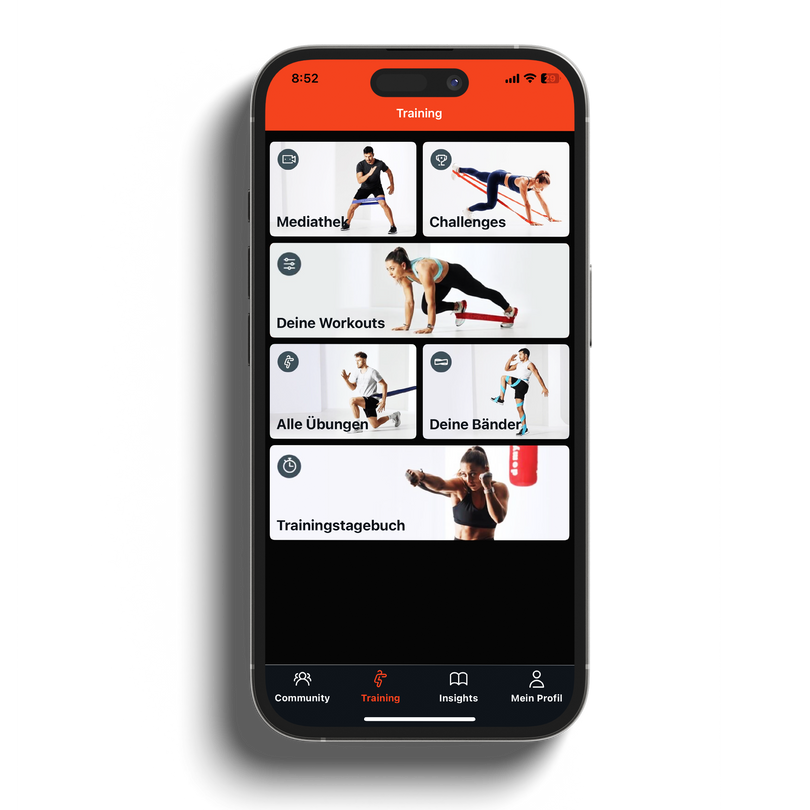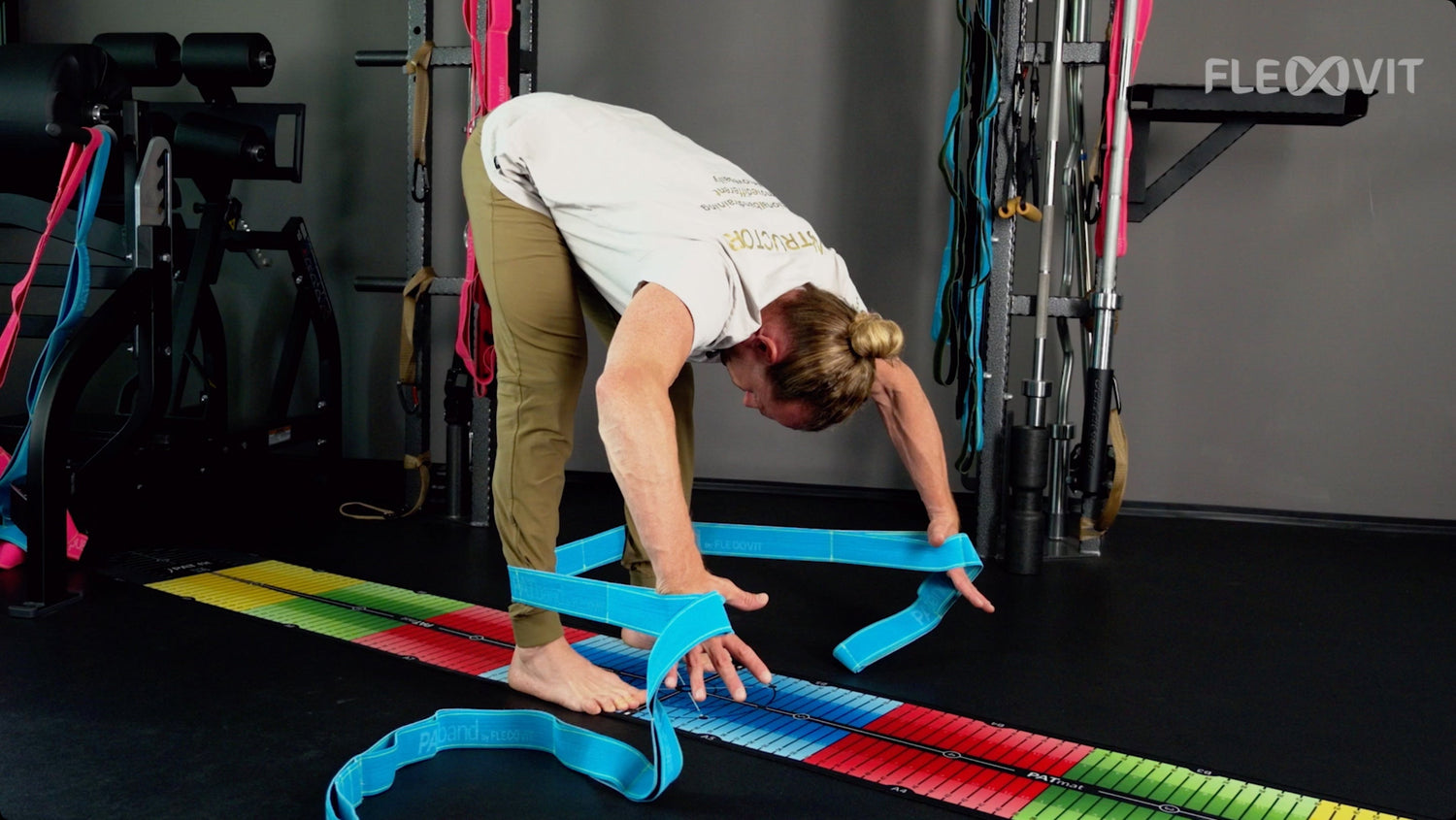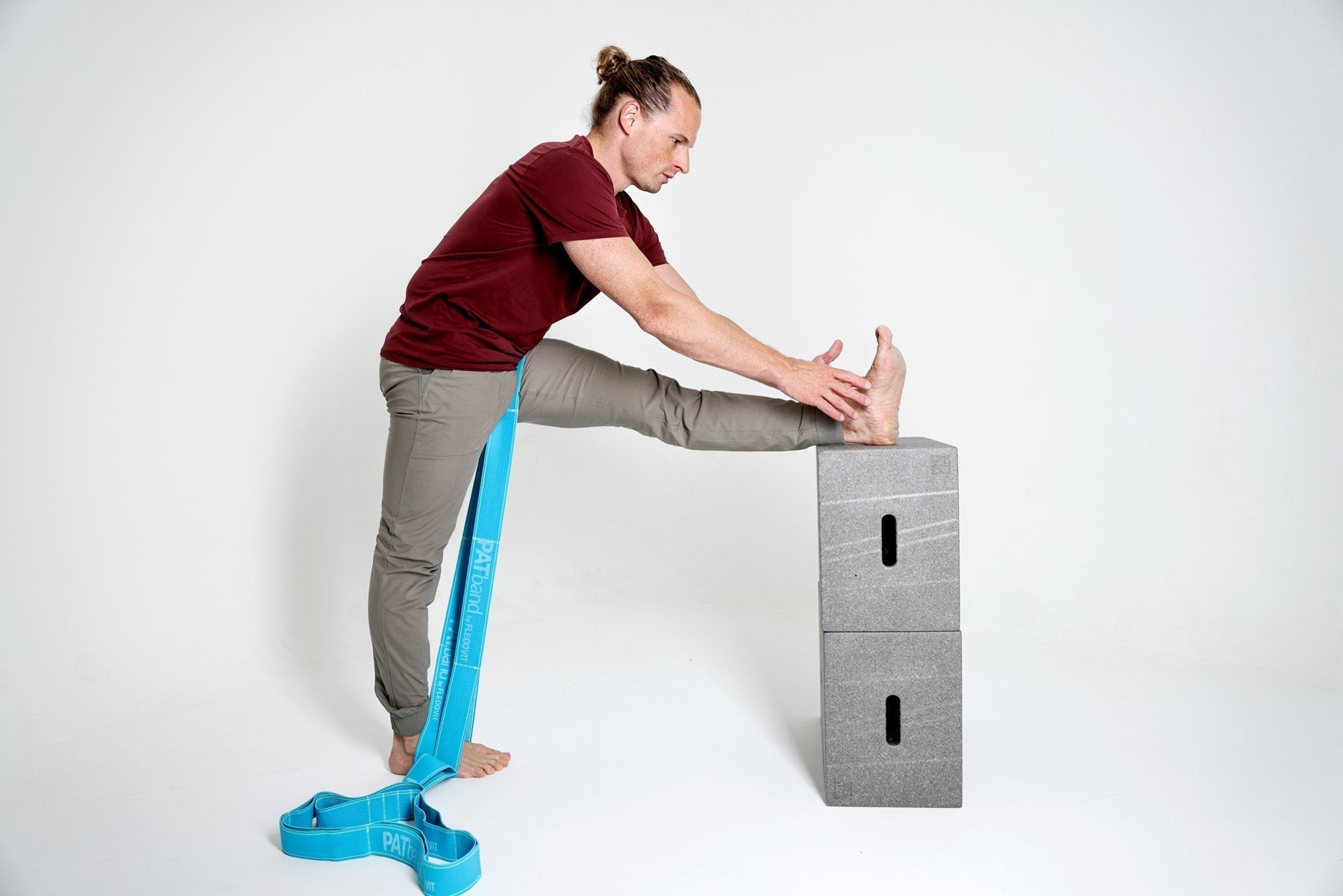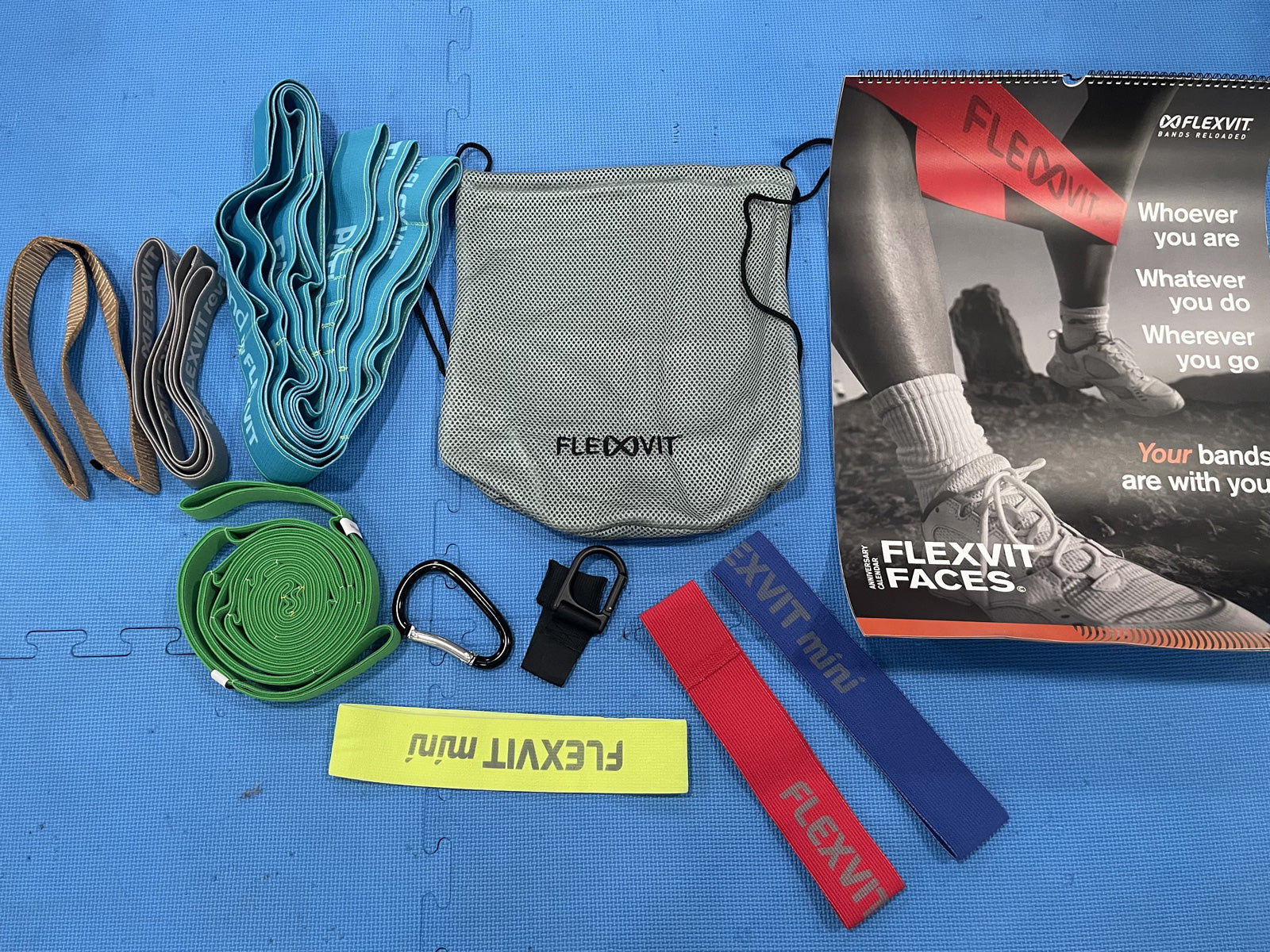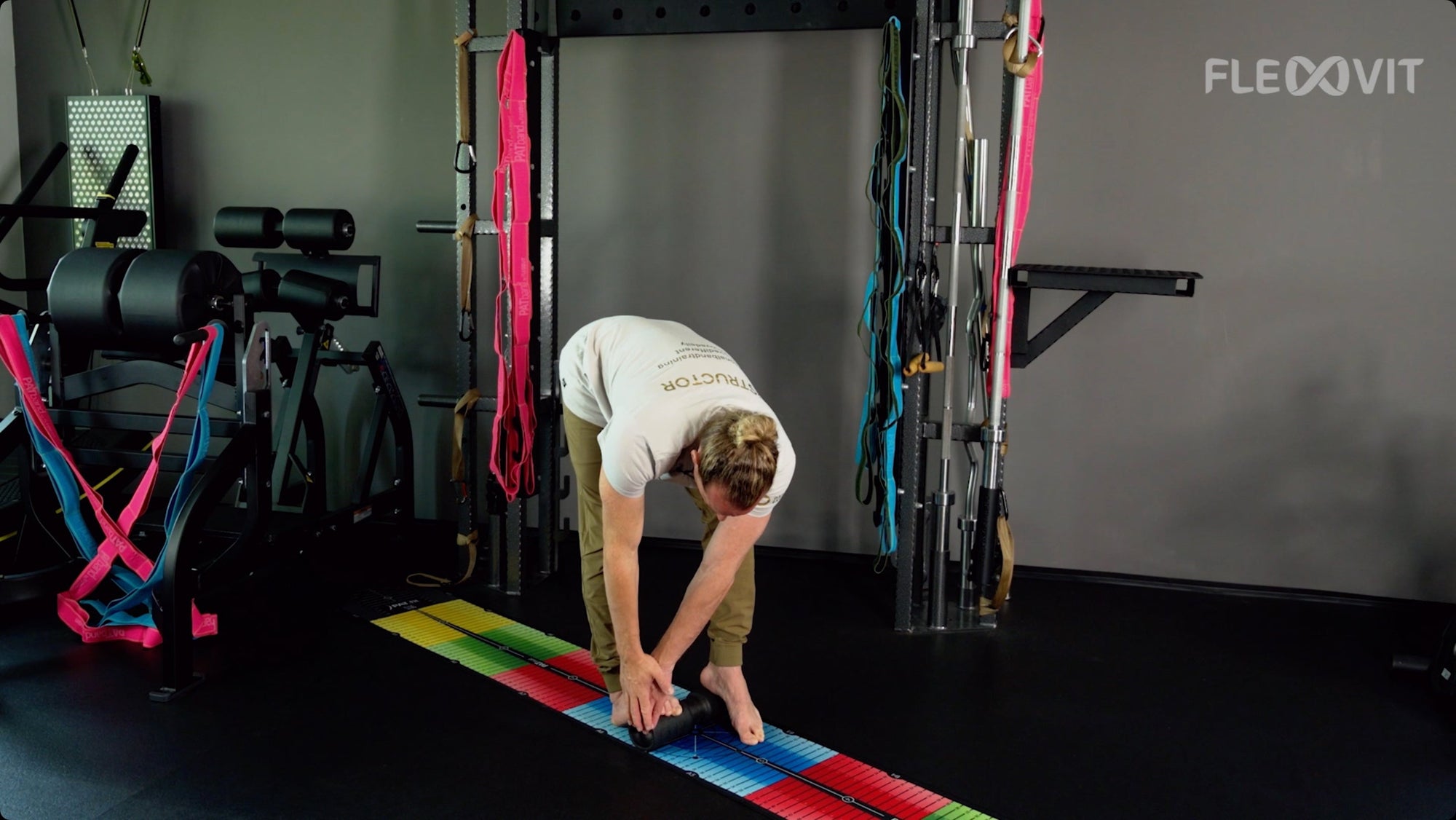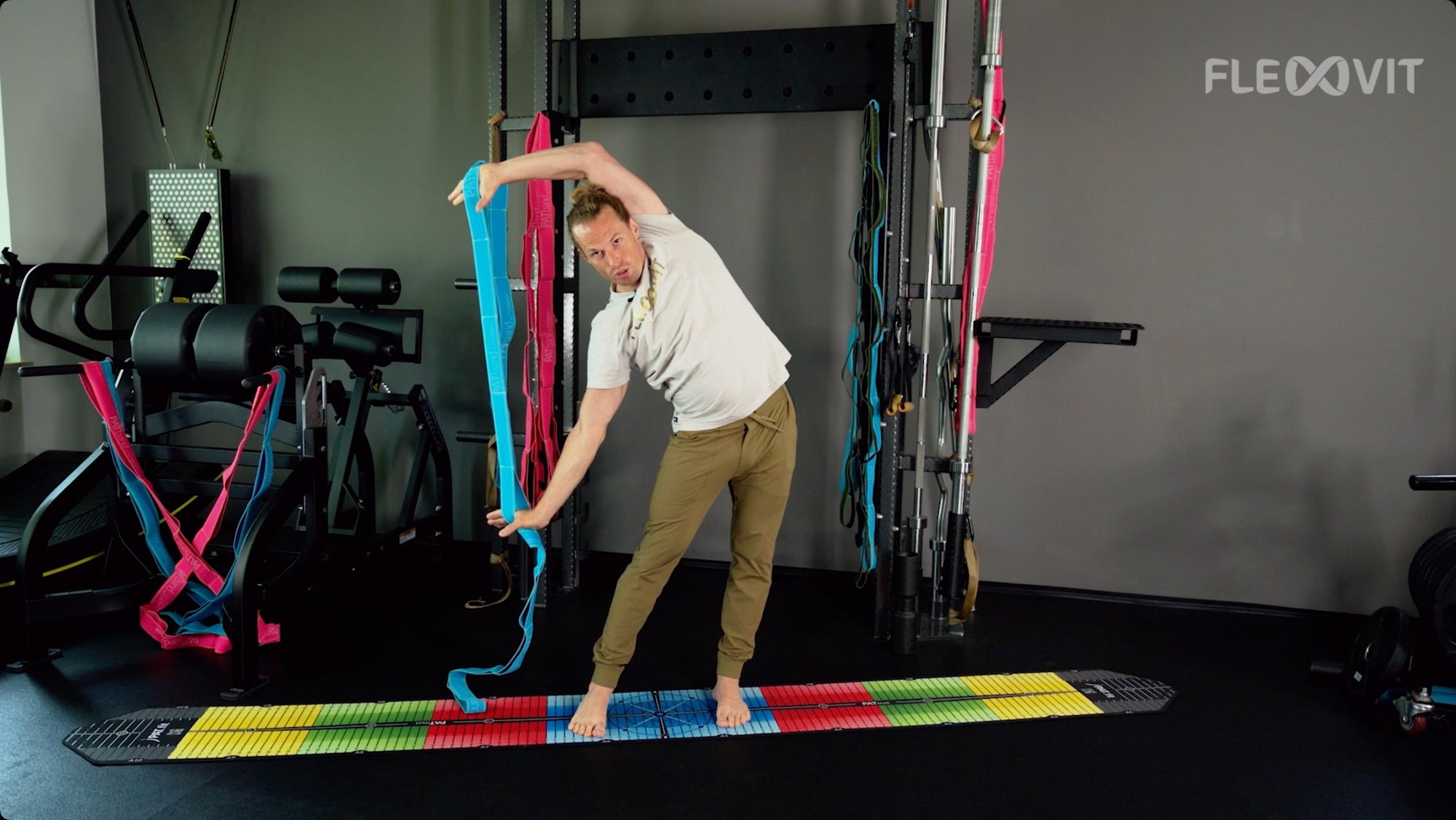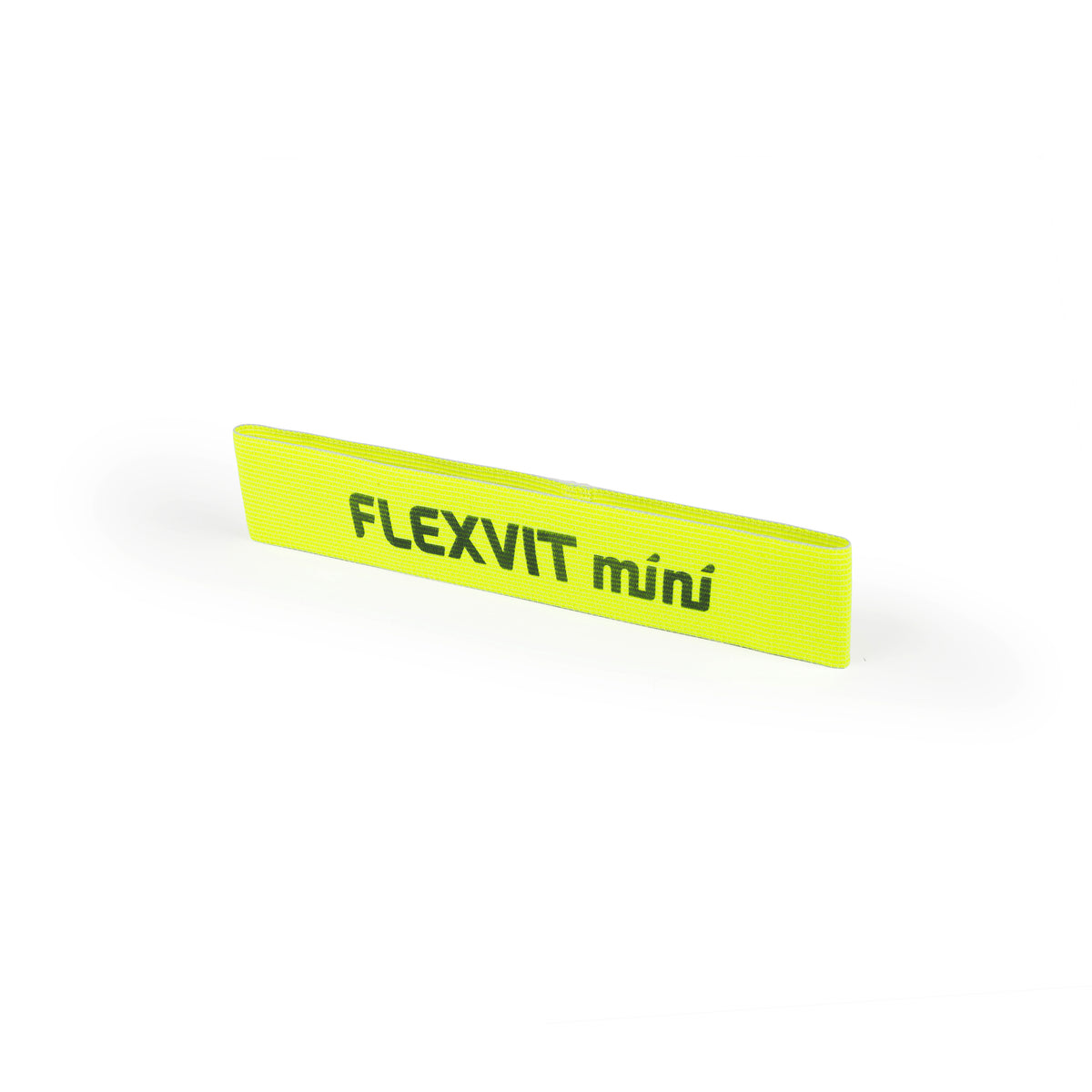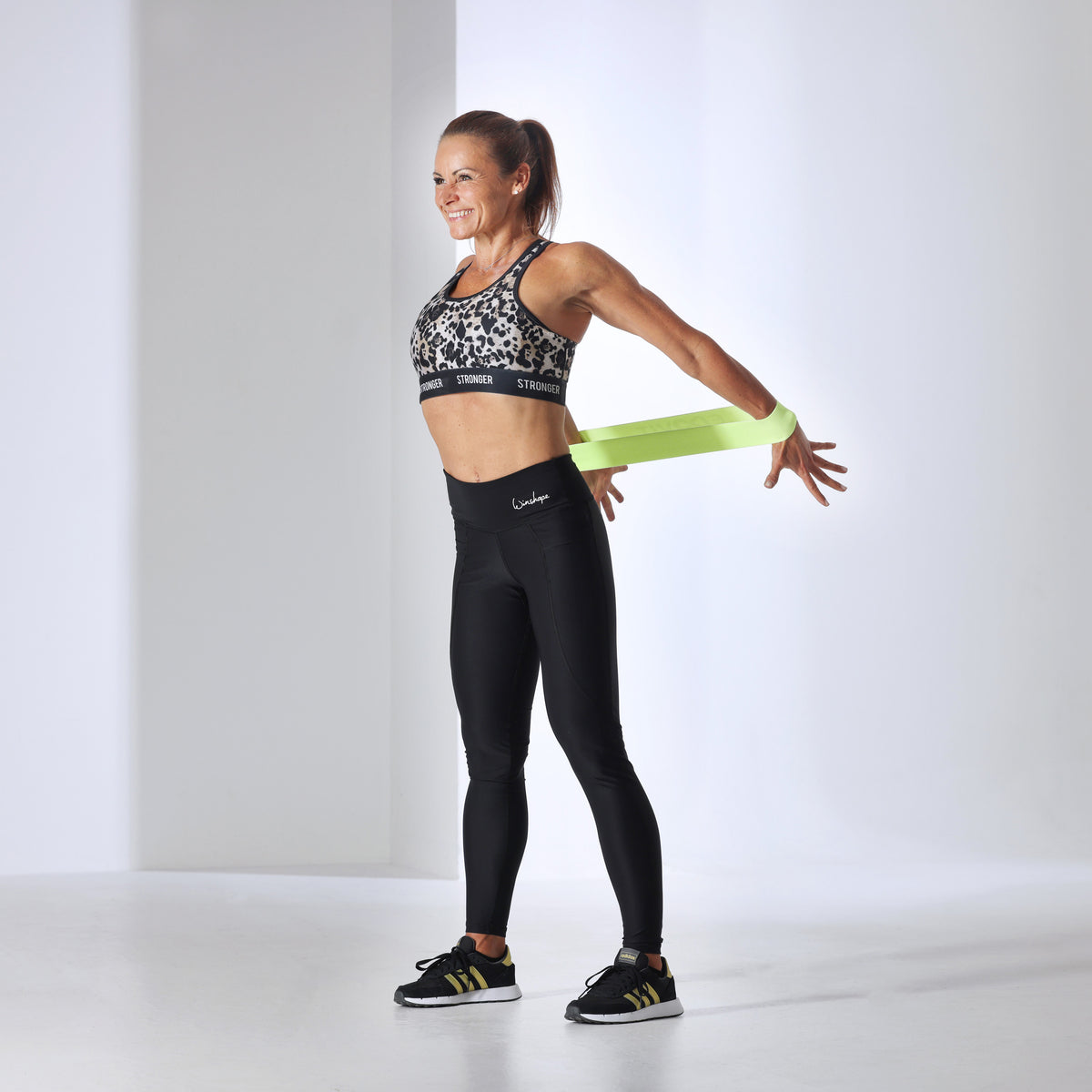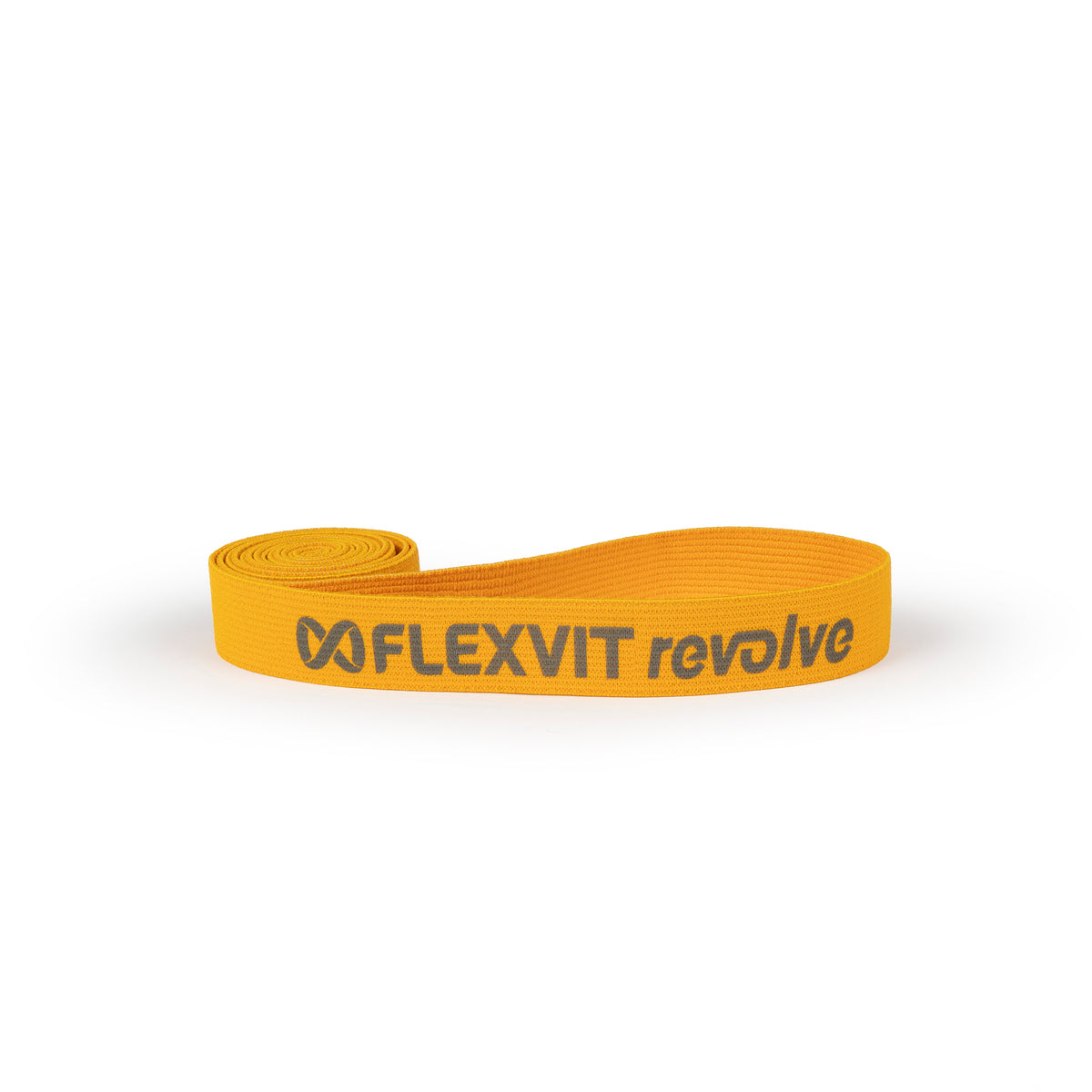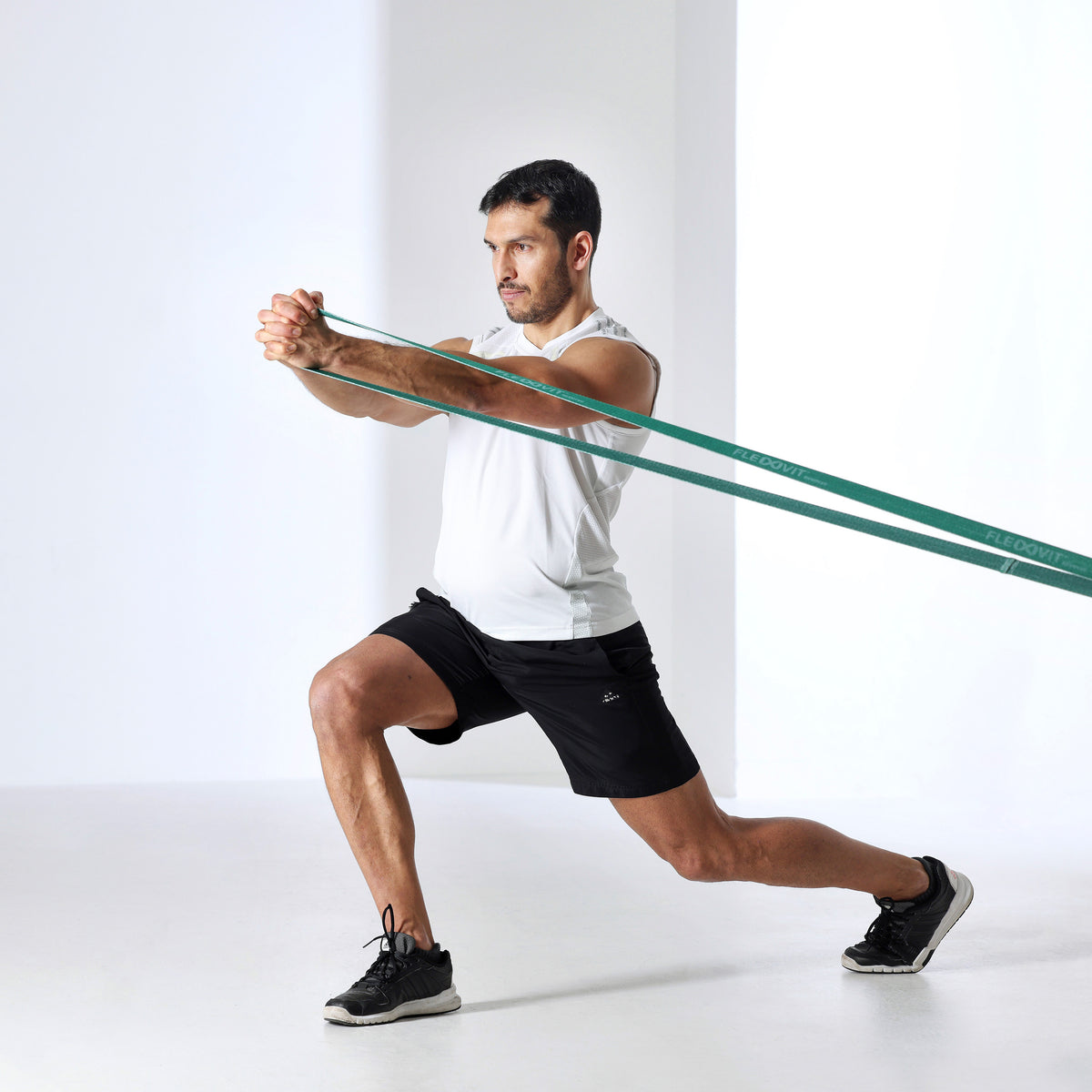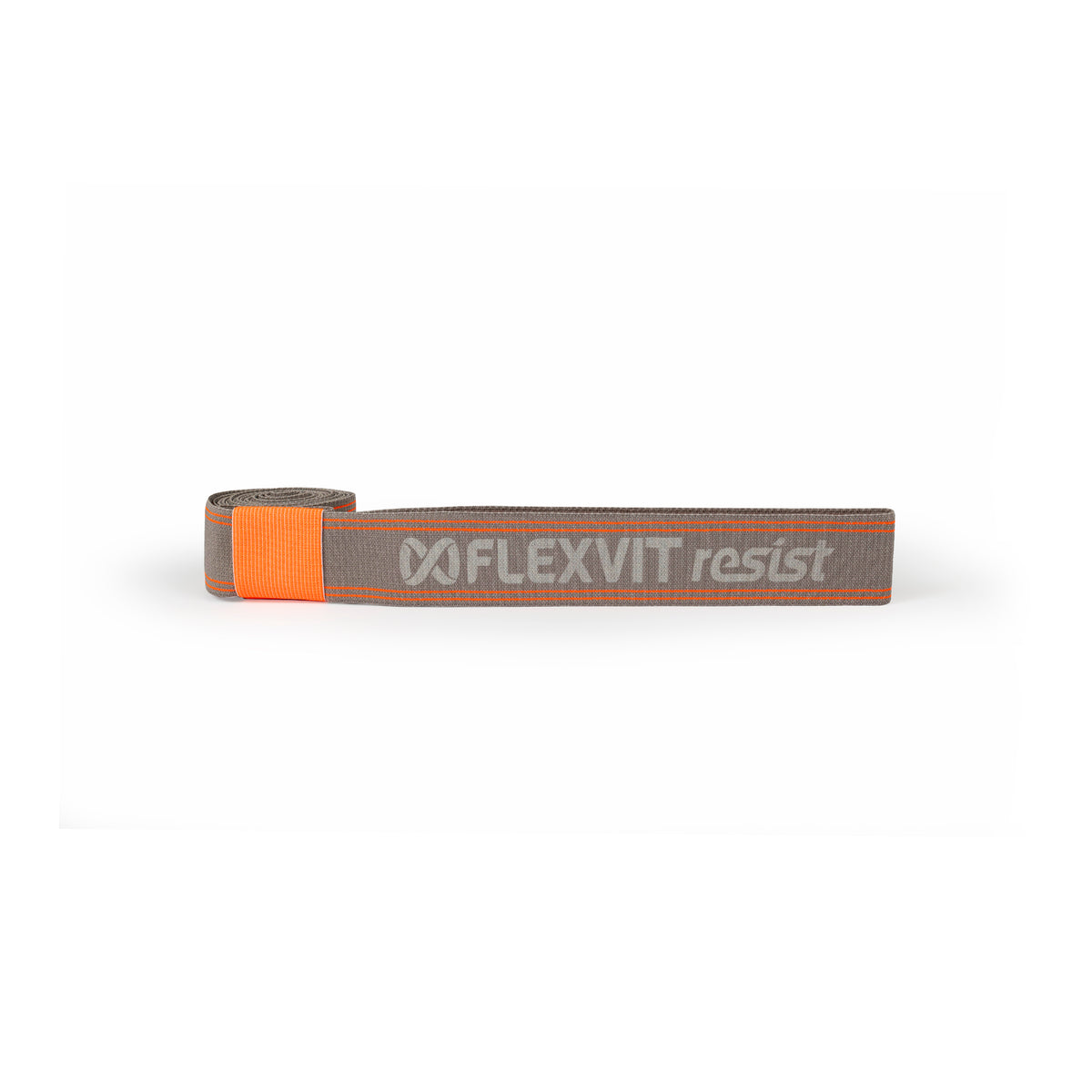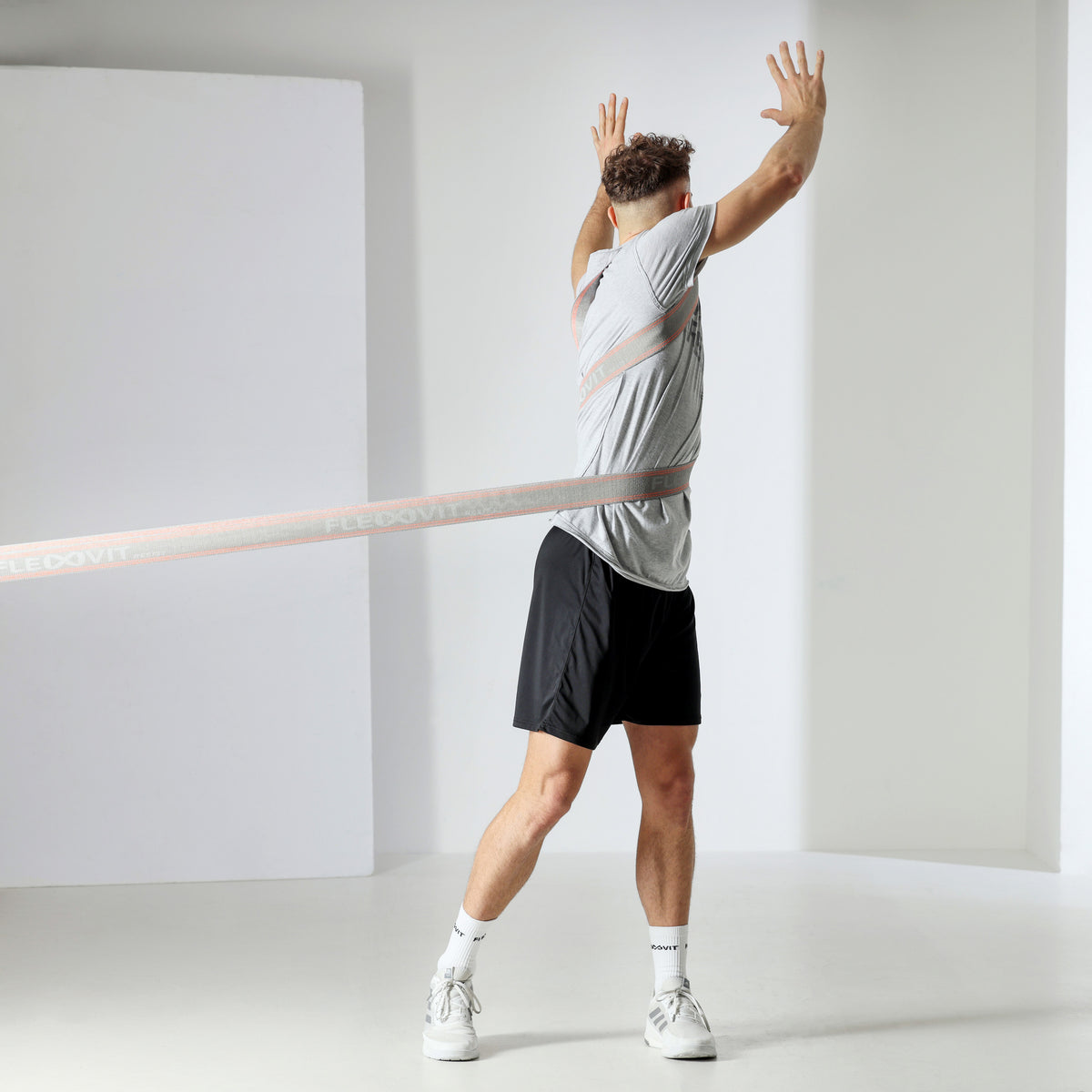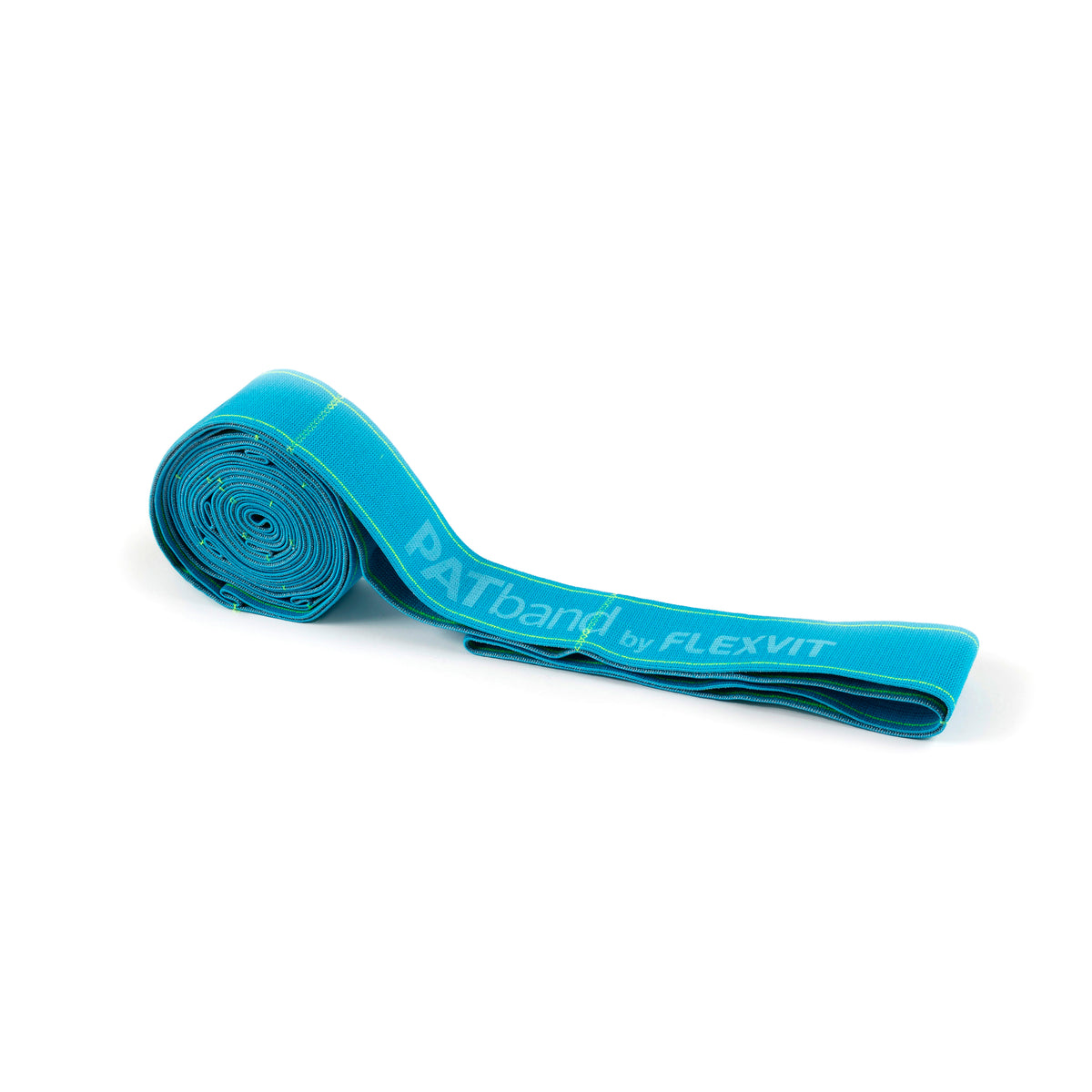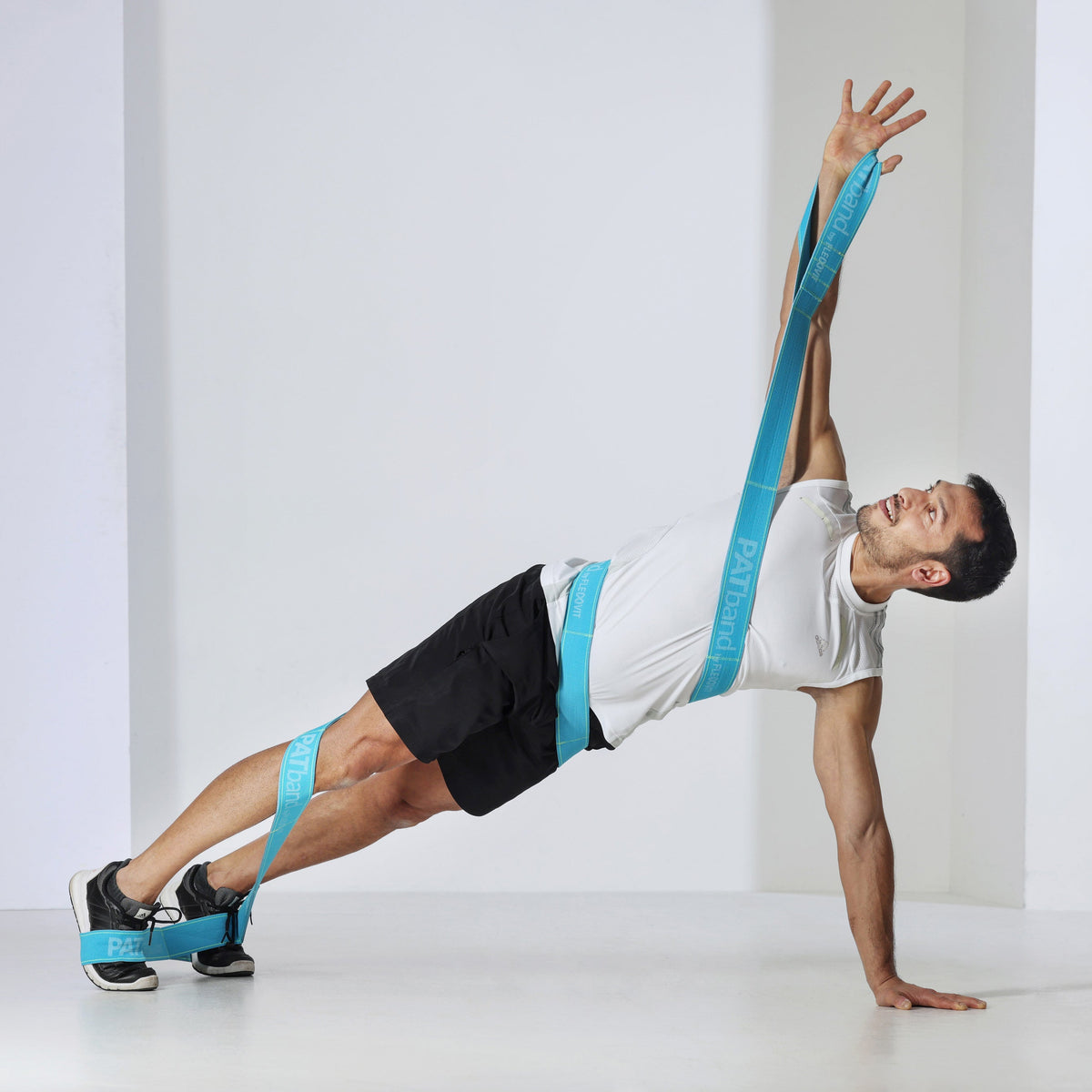The Posterior Muscle-Fascia Chain – Your Foundation for Uprightness and Dynamics
Imagine your body functioning like a well-coordinated orchestra: Every movement, no matter how small, requires a strong backbone and perfectly coordinated "players." The posterior muscle-fascia chain is precisely this powerful pathway – it begins at the feet, extends through the legs, buttocks, and spine to the neck. It not only gives you stability and posture, but also forms the basis of dynamism, balance, and resilience in everyday life and sports. If individual links in this chain are neglected, the entire musculoskeletal system loses efficiency – and this rarely goes without consequences.
Importance and functions of the posterior chain in the musculoskeletal system
The posterior muscle-fascia chain connects central structures into a functional unit that does much more than simply transmit force. It enables you to act from an upright posture, channel kinetic energy through multiple joints, and maximize the use of force. Anatomically, it unites the soles of the feet, calves, backs of the legs, buttocks, back extensors, and neck. What's particularly exciting is that the fascia connects these areas into a continuous network through which tension, tension, and information are transmitted at lightning speed—far beyond individual muscles. Limitations or weaknesses in one area (e.g., due to prolonged sitting, one-sided sports, or lack of exercise) often become noticeable elsewhere. Typical consequences include back pain, tension, but also reduced mobility or loss of performance—sometimes even seemingly "inexplicable" complaints.
Muscle-fascia chains: Myofascial pathways as a power bridge
Recent findings from functional anatomy emphasize the role of muscle-fascia chains as intelligent power bridges. Our movements rarely follow just one muscle alone – it is primarily these myofascial pathways that ensure the smooth coupling of all involved structures. The posterior chain represents whole-body work: If your calf is supple, it creates space for the hip – and the relief spreads all the way to the neck. Adhesions and imbalances along this line, however, lead to compensations, poor posture, and constant pressure. This is why holistic training of the posterior muscle-fascia chain is so valuable – and it's worth mindfully and regularly mobilizing and strengthening it.
Why flexibility and strength of the posterior chain are essential
Many everyday movements require stability, energy transfer, and elasticity along the posterior muscle-fascia chain: standing up, lifting, running, jumping, or simply sitting in an upright position. If the chain lacks flexibility or strength, the body begins to compensate – pain and overload occur. Especially in our sedentary lifestyles, the chain is prone to shortening and weakness, which should be addressed with targeted mobilization and targeted, functional exercises. This is the only way to ensure the network remains responsive, protects you from classic complaints, and helps you achieve a new body image.
Effect of a harmonious posterior chain – from everyday strength to sports performance
If the posterior muscle-fascia chain is supple and strong, you benefit on many levels: Your movements become easier, your posture more stable, and your power transmission noticeably more efficient. You effectively prevent typical overloads such as back pain, strains, or blockages and express your body's full potential not only in training but also in everyday life.
Systematic mobility: Why FLEXVIT tools are more than just belts
FLEXVIT represents a modern approach to movement training: mobility and strength are combined with dynamic stretching – along the entire muscle-fascia chain. Using tools like the PATband, PATmat, and PATrigger, you can precisely control the intensity, promote functional processes, and specifically address weak points. This makes mobility more than just stretching: it creates a real connection from the foot to the neck and makes lasting changes tangible.
The 3 most effective exercises for a strong and supple posterior muscle-fascia chain
These three selected exercises promote freedom of movement, stability and strength from head to toe along your posterior muscle-fascia chain.
1. Activating the posterior chain – your quick fix for back pain
This exercise is ideal as a moving break or as a quick relief for muscle tension. You'll need a FLEXVIT band and a stable standing position.
- Place the band around your lower legs just above your ankles and grasp the loops with your hands in front of your feet.
- From the forward bend, pull the band forcefully forward and slightly outward – counting to three.
- Then relax and repeat the whole thing five times.
- Tip: The tighter you grip, the more intense the activation – ideal after sitting for a long time.
Detailed explanations, progressions, and exercise variations can be found in the FLEXVIT Banded Mobility course . The exercise video serves only as inspiration.
2. Straddle seat – stretching and strengthening in one
Here you combine joint-friendly stretching of the back of the legs with targeted back training:
- Place the PATband around one foot, guide it across the back and secure it on the opposite side.
- With every forward bend, the band gently supports you in stretching.
- When you stand up straight, you push against the resistance and specifically strengthen your back.
- Use the PATmat scale to monitor progress.
Detailed explanations, progressions, and variations of this exercise can be found in the FLEXVIT Banded Mobility course . The exercise video shows only an excerpt.
3. Stretching the back of the leg – mobilization with activation
This exercise combines effective stretching with active strengthening for the hips, back and shoulders:
- Lie on your back, keep one leg stretched out, and bring the other leg to your chest with the PATband.
- Push the band up with straight arms to stretch your leg.
- Hold, tense, relax – and increase your flexibility step by step.
- Change the page.
Detailed explanations, progressions, and variations of this exercise can be found in the FLEXVIT Banded Mobility course . The exercise video shows only an excerpt.
Conclusion: A strong posterior muscle-fascia chain for an active, pain-free life
A supple, functional posterior muscle-fascia chain brings more ease, dynamism, and alignment to your movement – day after day. With smart mobility training, you can prevent typical complaints, sustainably increase your performance, and open the door to true freedom of movement.
Do you want to work specifically on your posterior chain and take the next step? In the FLEXVIT Banded Mobility course, you'll find exclusive video tutorials, progression options, and in-depth mobility expertise – for measurable results and a new body image.
Stay informed about everything related to the posterior chain – get exclusive tips, exercises, and insights directly in your inbox and sign up for our mobility email list!
> Stay up to date and sign up for our FLEXVIT Mobility newsletter

